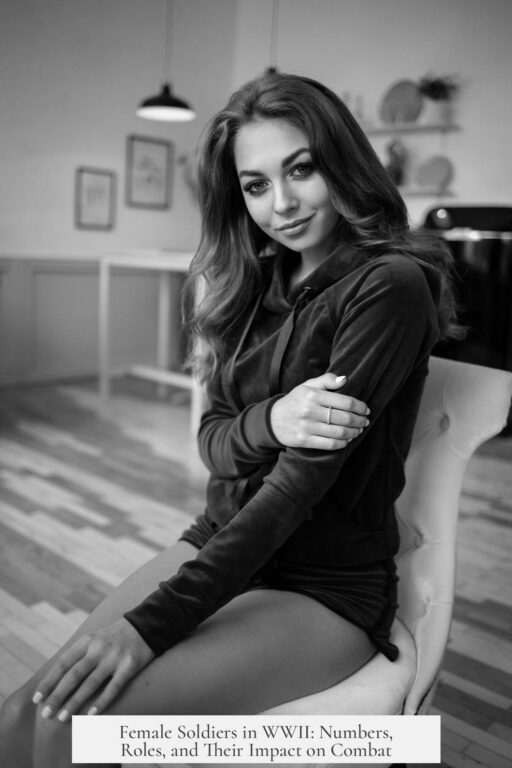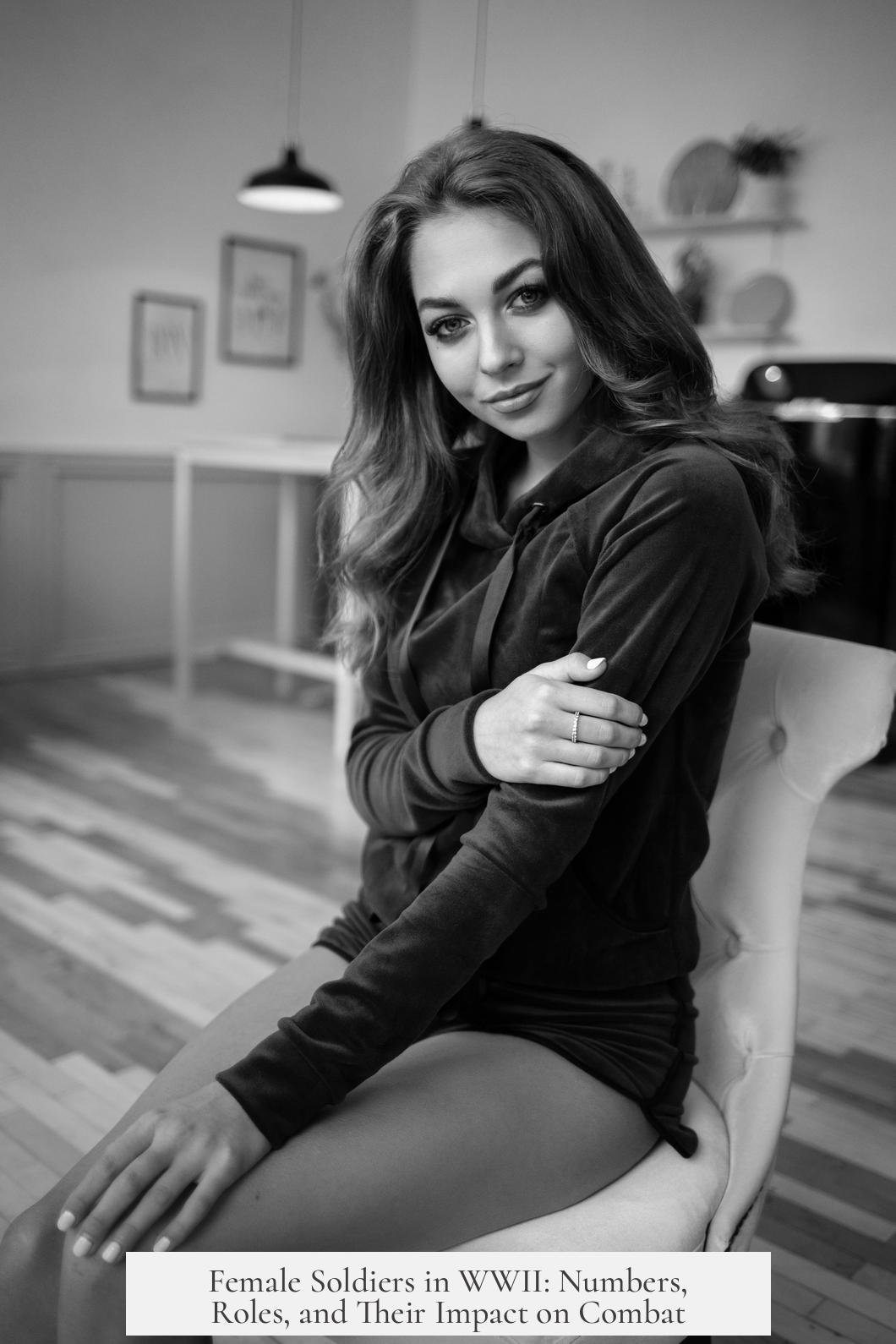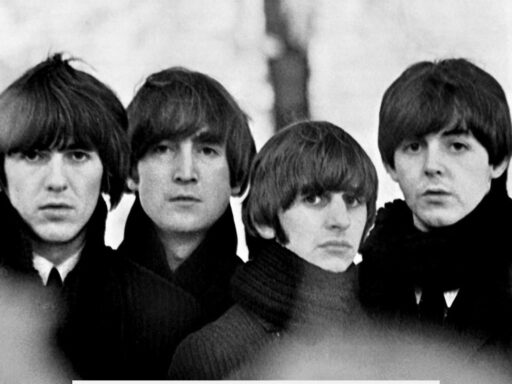The number of female soldiers who saw combat during World War II is estimated to be significantly higher in the Soviet Red Army than in other armies. Although exact figures are difficult to determine, less than 1% of total Red Army soldiers in explicit front-line combat roles were women. Including all women who engaged directly in combat, the percentage might reach roughly 1%. This unique Soviet experience contrasts with much lower female combat participation in other armies.
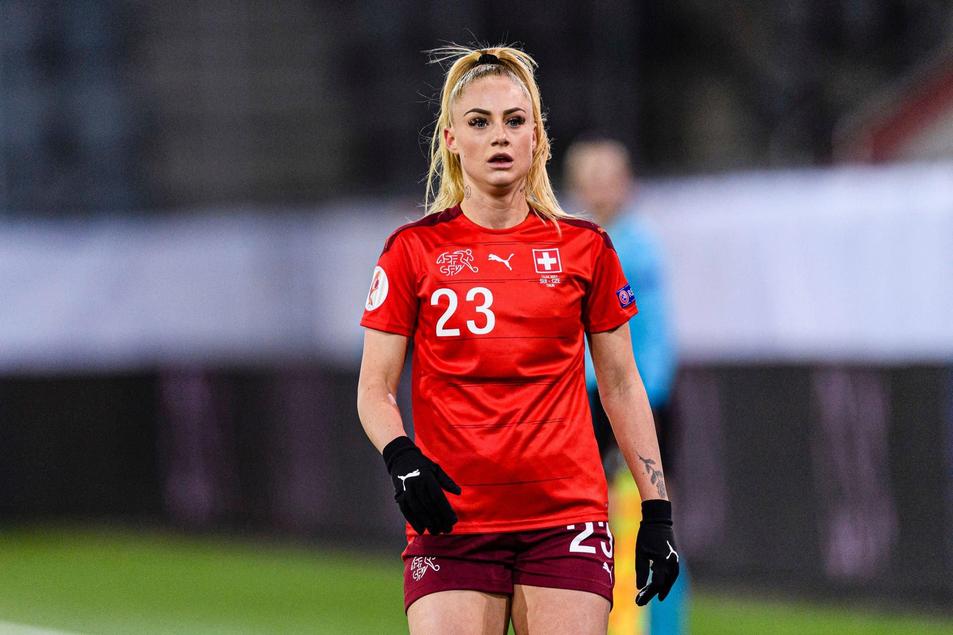
The Soviet Union mobilized an extensive number of women for military service. Depending on sources, between 800,000 and 2 million women served in various roles across the Red Army. These roles ranged widely, from medical support and communications to engineering and front-line combat.
Female participation in combat was complex and often blurred with support functions. For example, thousands of female combat medics operated near or on the front lines. These medics did not solely provide medical care but were also trained to fight and defend themselves and their comrades when under enemy attack. Women like Valeriia Osipovna Gnarovskaia showcased exceptional bravery by engaging enemy tanks directly, an action which earned her the title Hero of the Soviet Union.
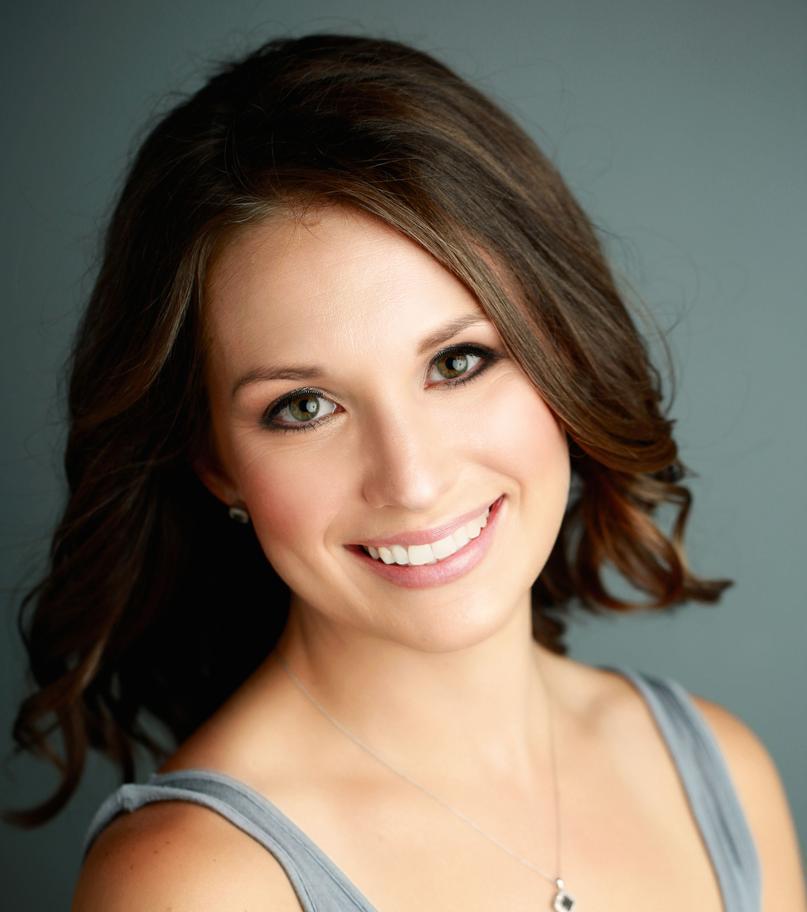
Many women initially assigned to support roles often ended up in direct combat due to battlefield demands. These roles included anti-aircraft artillery, engineers, and communications personnel. Such service sometimes led to women assuming full combat duties, increasing the fluidity of what counted as frontline combat participation.
Specialized training for female infantry and machine gunners existed. Around 20,000 women graduated from these programs. Some units formed from these graduates were tasked with rear-echelon duties due to skepticism about women’s combat capabilities. Despite this, many women served in infantry, mortar, artillery, armor, and other fighting units. Official statistics on how many saw direct combat remain elusive, but anecdotal evidence supports their active frontline roles.
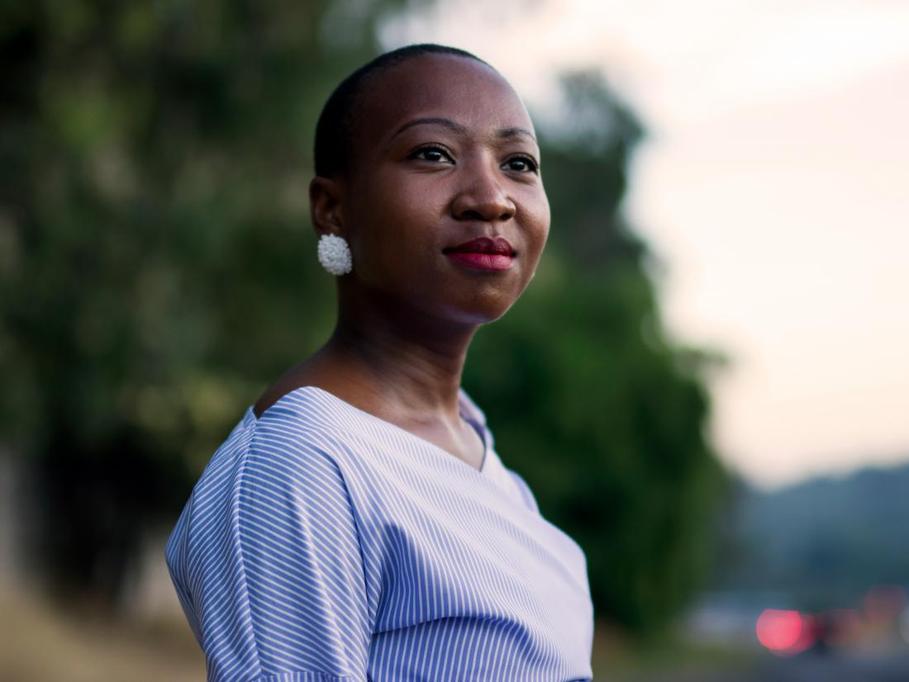
Female snipers deserve separate recognition. At least a couple of thousand women served as snipers in the Red Army. Their numbers alone highlight the significant combat roles some women held during the war. Snipers required specialized skills and operated deep in enemy territory, often behind the front lines.
| Category | Approximate Numbers | Combat Role Estimate |
|---|---|---|
| Women in Red Army | 800,000 to 2,000,000 | 1% in combat roles |
| Graduates of female infantry/machine gunner schools | ~20,000 | Some saw combat; others in support roles |
| Female snipers | Several thousand | Combat roles |
| Female Soviet partisans | Approximately 25% of partisan forces were women | ~10% in combat roles |
The distinction between combat and non-combat roles was often unclear. Women who primarily had supporting duties sometimes joined fight actions when necessary. This flexibility was a hallmark of Soviet female military service.

A further perspective can be gained by looking at awards. Out of 11,000 Heroes of the Soviet Union, about 100 were women. This roughly corresponds to the less than 1% figure. The high level of bravery these female soldiers showed may have been underrecognized due to institutional biases, but their contribution remains significant.
The Soviet partisan movement included a notably higher percentage of women. Around a quarter of partisan fighters were female, with about 10% involved in combat roles. Partisan warfare often blurred front lines, allowing women to be active fighters and support members in guerilla operations across occupied territories.
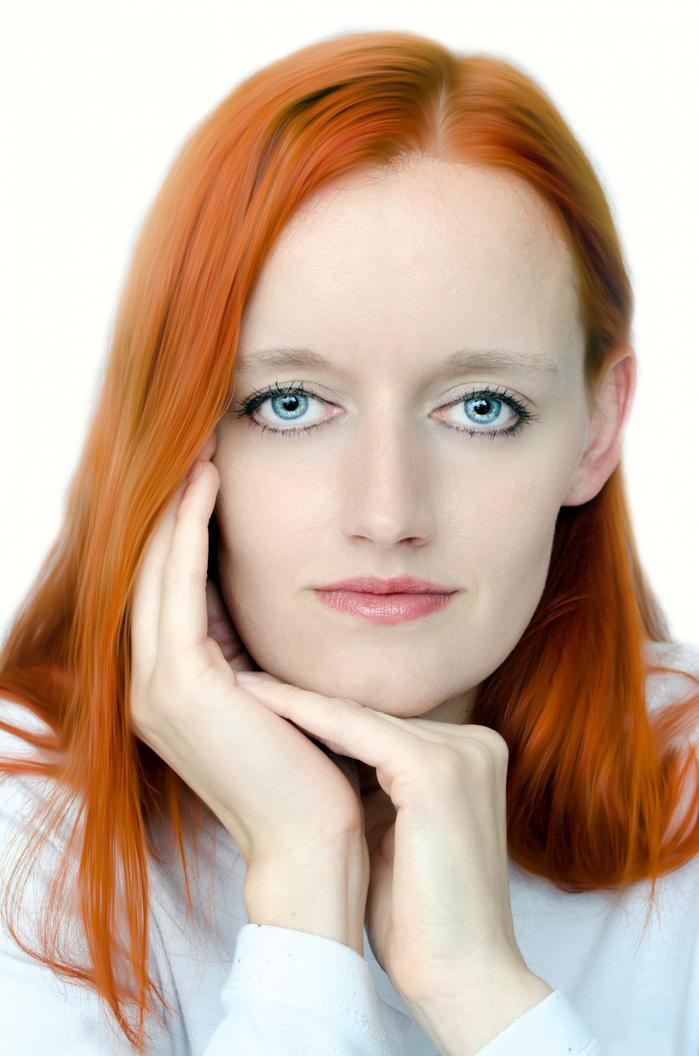
In contrast, other Allied and Axis armies deployed far fewer women in combat roles. Most women in countries like the United States, Britain, and Germany served in non-combat functions, such as nursing, clerical work, or logistics. Combat roles for women outside the Soviet forces were extremely rare.
Overall, the Soviet Union uniquely integrated women into various combat and combat-adjacent roles during World War II, with combat participation estimated at about 1% of total personnel. Other nations deployed women predominantly in non-combat positions.
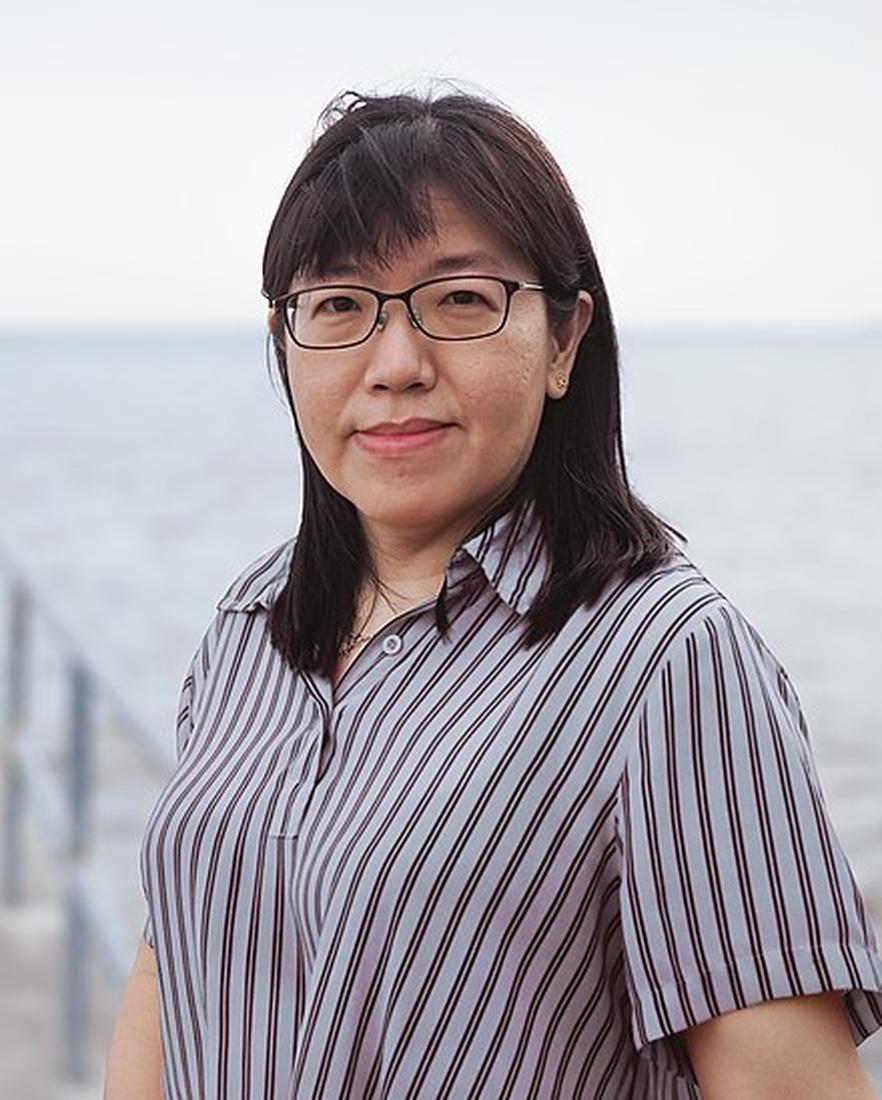
- Between 800,000 and 2 million women served in the Soviet Red Army.
- Approximately 1% of total Soviet soldiers were women serving in explicit front-line combat roles.
- Specialized female infantry and machine gunner schools graduated about 20,000 women.
- Several thousand women served as snipers in combat roles.
- Female Soviet partisans made up about 25% of partisan forces, with 10% in combat.
- Other armies had negligible female combat participation in World War II.
How Many Female Soldiers Saw Combat in WWII? The Untold Story of Women in Battle
So, how many female soldiers actually saw combat during World War II? The short answer: it wasn’t many, but those who did left an indelible mark on military history. Most notably, the Soviet Union deployed a remarkable number of women in both combat and support roles, far eclipsing what you might expect. Let’s dig into the numbers, the stories, and what made these women exceptional.
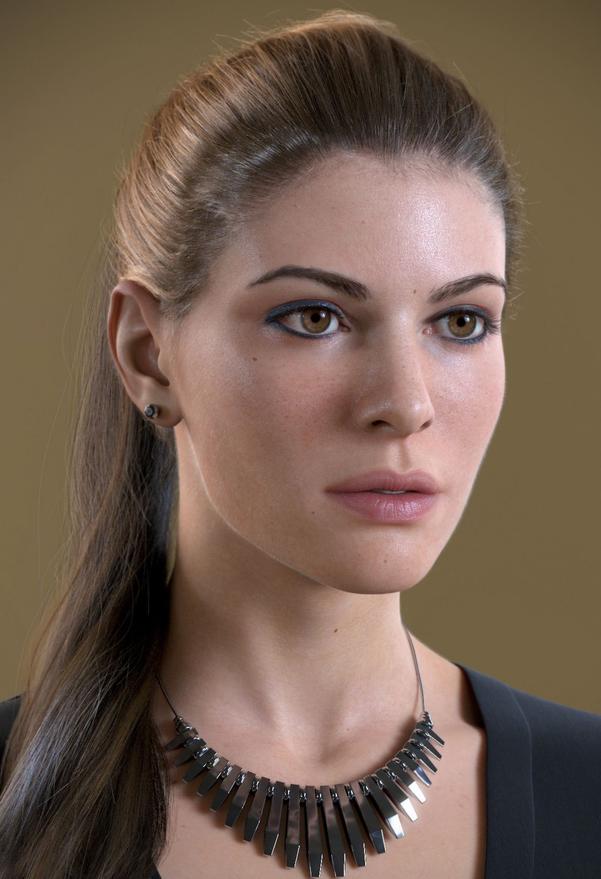
When we talk about female combatants in WWII, the Red Army undeniably stands out. Depending on the source, between 800,000 to possibly 2 million women served in some capacity in the Soviet military. But how many faced the enemy in the thick of battle?
Sorting combatants from non-combatants isn’t straightforward. Take female medics, for instance. Thousands operated near front lines, providing critical medical aid while under fire. These women were often trained and equipped just like their male comrades, stepping up to fight when duty called. Valeriia Osipovna Gnarovskaia is a shining example, awarded the Hero of the Soviet Union after jumping beneath a German tank and detonating grenades to protect a medical post.
“It’s one thing to bandage wounds — it’s another to stop a tank with your body,” a commander reportedly said about her. Talk about frontline courage.
Female Infantry, Machine Gunners, and Snipers
A few specialized Soviet training schools graduated around 20,000 female infantry and machine gunners. Yet, skepticism from officers was common, with many units assigned to rear-area duties despite protests from the women. Still, thousands fought in actual front-line roles spanning infantry, mortars, artillery, and armor.
Meanwhile, female snipers created a unique legacy, numbering at least a couple thousand. These sharpshooters, highly trained and deadly accurate, embodied precision and patience, thinning enemy ranks from concealed positions.
Crunching the Numbers: Less Than 1% on the Front Lines
Back to the big question: What percentage of soldiers in explicit frontline roles were women? Experts estimate it was under 1%. Even those who engaged in combat occasionally probably made up about 1% of the Red Army’s vast forces. That’s small, but given the scale of WWII and the era’s gender norms, it’s quite significant.
| Category | Estimated Number | Role Details |
|---|---|---|
| Total Women Serving in Red Army | 800,000–2,000,000 | Combat and Non-Combat Roles Combined |
| Trained Female Infantry/Machine Gunners | ~20,000 | Some Frontline, Some Rear Duties |
| Female Snipers | 2,000+ | Specialized Combatant Role |
| Women Awarded Hero of Soviet Union | ~100 | Valor-Based Honors (out of 11,000 total) |
Heroism and Recognition
To highlight valor, the Soviet Union awarded the Hero of the Soviet Union medal about 11,000 times. Among these, around 100 female recipients shine through history. These women had to demonstrate extraordinary bravery, often in the face of official skepticism or chauvinism. Their recognition suggests not only courage but also that these women were often on par with or exceeded the valor of their male counterparts.
The Soviet Partisans: Where Women Fought in Larger Numbers
The Soviet partisans deserve a special mention. These guerrilla fighters included a much higher proportion of women than the regular army. Estimates say women made up about 25% of partisan forces, with roughly 10% taking up explicit combatant roles. These women operated behind enemy lines, sabotaging supply routes, gathering intelligence, and engaging in guerrilla warfare.
Imagine sneaking into dangerous territory with no backup, often in harsh conditions. Female partisans weren’t just participants; they were essential to the resistance effort.
What About Other Armies?
Look beyond the Soviet Union, and female combatants in WWII were far fewer. While many Allied and Axis countries employed women in non-combat roles — from clerks to nurses — frontline service was rare. Anecdotal evidence doesn’t suggest meaningful numbers of women in combat outside the Soviet forces.
For example, the US and UK mainly restricted women to auxiliary services and medical roles, keeping them away from direct combat. Germany had a few specialized roles, but frontline fighting by women was almost nonexistent on a scale comparable to the USSR.
So What’s The Takeaway?
If you thought women in WWII combat was negligible, the reality—especially for the Soviet Union—is startlingly different. While less than 1% of soldiers were women fighting directly, their courage and dedication shaped battles and saved countless lives. The numbers might be small, but the impact? Huge.
Next time you hear about WWII heroes, think of those Soviet women snipers, medics dodging bullets, or partisans blowing up rail lines behind enemy lines. Their stories ask a hard question: Why do many of these fearless female combatants remain little-known? Perhaps history will keep catching up to their stories, finally giving them the recognition they deserve.
Want to learn more about remarkable women in military history? Stay tuned for deep dives into other wars and untold stories.
How many women served in combat roles in the Red Army during WW2?
At least 20,000 women were trained as infantry and machine gunners. Thousands more served in artillery, armor, and support roles that became combat roles. Overall, women likely made up less than 1% of front-line combat soldiers.
Did many women serve as snipers in the Soviet forces?
Yes, there were at least a couple thousand female snipers in the Red Army. They were a distinct and significant group of female combatants during the war.
What percentage of Soviet partisans were women in combat roles?
About 25% of Soviet partisans were women. Around 10% of these women held combat roles actively engaging the enemy.
Were there women recognized for combat bravery in the Soviet Union?
Approximately 100 women received the Hero of the Soviet Union medal for valor. This indicates that women did engage in notable combat actions despite being a small minority.
How did female combat participation in other armies compare to the Soviet Union?
Other armies had far fewer women in combat roles. The Soviet Union was unique in the scale of female participation in combat during World War II.
